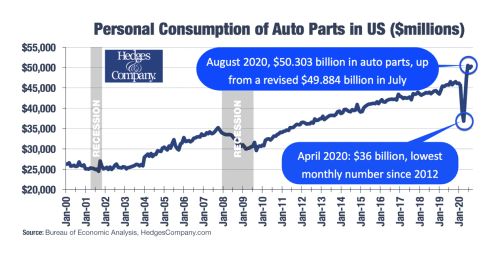Automotive Fuel Gauge Market Trends: Growth Projections for 2024-2030

Hire Arrive
Automobiles
12 months ago

The automotive fuel gauge market is experiencing a period of significant transformation, driven by technological advancements, evolving consumer preferences, and the increasing adoption of electric vehicles (EVs). While traditional mechanical fuel gauges remain present, the market is witnessing a surge in demand for advanced electronic fuel gauges, fueled by improvements in accuracy, features, and integration with vehicle infotainment systems. This article analyzes the key market trends and offers growth projections for the period 2024-2030.
Market Drivers:
* Rising Demand for Enhanced Vehicle Features: Consumers increasingly seek sophisticated in-car technology, pushing manufacturers towards incorporating advanced fuel gauges that provide more than just a simple fuel level indication. Features like precise fuel consumption tracking, range estimation, and integration with navigation systems are driving market growth. * Technological Advancements: The integration of microcontrollers, sensors, and advanced algorithms allows for more accurate fuel level measurement, reducing errors and providing a more reliable reading. The shift from analog to digital systems is a major contributing factor. * Growing Adoption of EVs and Hybrid Vehicles: While seemingly contradictory, the rise of EVs and hybrids is indirectly impacting the fuel gauge market. The need for accurate battery level indicators and range prediction for these vehicles is creating a demand for sophisticated electronic systems with similar functionality to traditional fuel gauges. This creates a parallel market for similar technologies applied to different power sources. * Stringent Emission Regulations: Globally implemented emission regulations are pushing manufacturers to optimize fuel efficiency. Accurate fuel gauges play a crucial role in monitoring consumption patterns and contributing to better fuel economy, indirectly boosting the demand for advanced systems. * Increased Vehicle Production: The ongoing growth in global vehicle production, especially in developing economies, directly contributes to the expanding market for automotive components, including fuel gauges.
Market Challenges:
* High Initial Investment Costs: The transition to advanced electronic fuel gauges requires a higher initial investment for manufacturers compared to traditional mechanical gauges. This can be a barrier, particularly for smaller manufacturers. * Integration Complexity: Seamless integration of fuel gauges with other vehicle systems and infotainment platforms requires sophisticated software and hardware, adding to the complexity and potential for errors. * Cybersecurity Concerns: As fuel gauges become increasingly sophisticated and connected, the risk of cyberattacks and data breaches becomes more prominent, requiring robust security measures.
Market Segmentation:
The automotive fuel gauge market can be segmented based on several factors:
* Type: Mechanical, Electronic (analog and digital). * Vehicle Type: Passenger cars, commercial vehicles, two-wheelers. * Fuel Type: Gasoline, diesel, alternative fuels. * Geography: North America, Europe, Asia Pacific, etc.
Growth Projections (2024-2030):
While precise figures vary depending on the research firm and their methodologies, the automotive fuel gauge market is projected to experience a compound annual growth rate (CAGR) of approximately 5-7% during the period 2024-2030. This growth will be primarily driven by the adoption of electronic fuel gauges in newer vehicle models and the increasing demand for enhanced features. The Asia Pacific region is expected to witness the highest growth rate due to rapid automotive production and expanding infrastructure.
Conclusion:
The automotive fuel gauge market is evolving beyond its basic function of indicating fuel level. Advanced electronic fuel gauges, fueled by technological advancements and consumer demand for better vehicle features, are driving market growth. While challenges remain in terms of cost and integration, the overall outlook for the market is positive, with substantial growth projected throughout the forecast period. The increasing demand for improved fuel efficiency and the rise of EVs and hybrids will further shape the market landscape in the coming years.